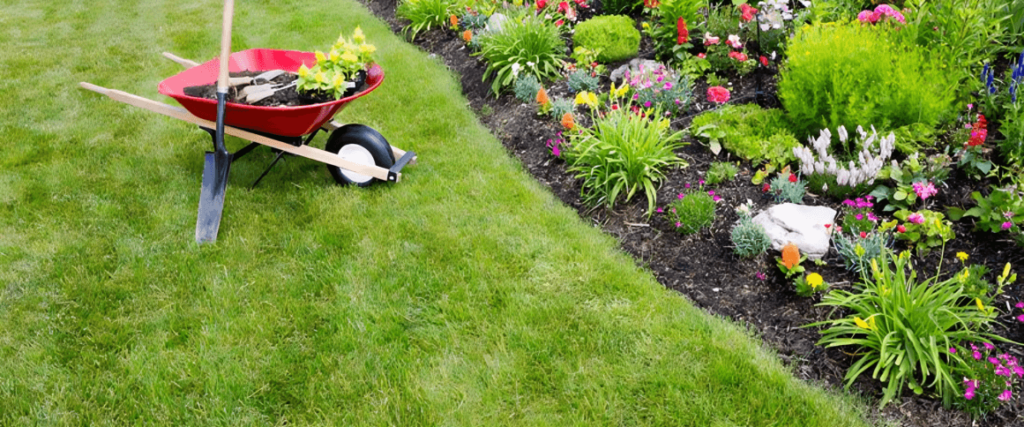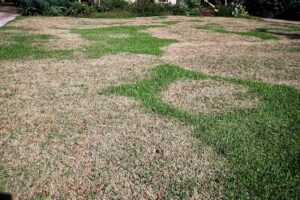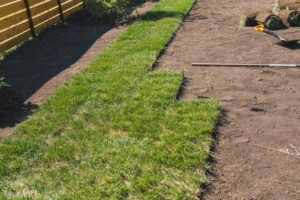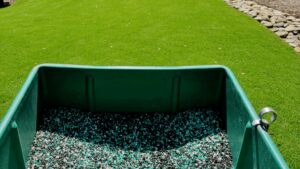Keeping your home free of pests is essential for a healthy and comfortable living space. Pests like ants, cockroaches, and mosquitoes can not only cause damage but also spread diseases, making it crucial to take proactive measures. A clean and well-maintained home is the first step to preventing infestations, but knowing additional strategies can make a big difference. From sealing entry points to using natural remedies, there are plenty of simple yet effective ways to keep bugs at bay. Regular inspections, proper waste management, and addressing moisture issues can help create an unwelcoming environment for pests. In this guide, we’ll share ten practical tips to help you achieve a bug-free home. By following these steps, you can enjoy a safe, healthy, and pest-free living environment all year round.
Maintain Cleanliness
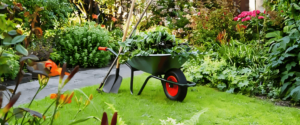
A clean home is one of the most effective ways to keep pests at bay. Regular cleaning removes food crumbs, spills, and debris that attract bugs like ants and cockroaches. Make it a habit to sweep, mop, and vacuum floors regularly, paying extra attention to hidden areas such as under furniture and appliances. Wiping down kitchen counters and dining tables after meals ensures no residue is left behind, and keeping sinks free of dirty dishes and food scraps prevents pests like flies and rodents from finding an easy meal.
Proper trash management is also crucial in pest control. Always use tightly sealed garbage bins and empty them daily to discourage pests from scavenging. Cleaning the bins periodically helps eliminate lingering odors that can attract bugs. By prioritizing cleanliness in every corner of your home, you create an environment that is less inviting to pests and easier to maintain as a bug-free zone.
Seal Cracks and Gaps
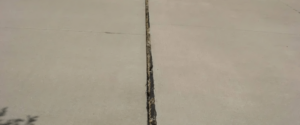
Pests often enter homes through small cracks, gaps, and openings in walls, windows, doors, and foundations. Inspect your home thoroughly to identify these potential entry points. Use caulk or weather stripping to seal gaps around windows and doors, ensuring a tight fit. Pay attention to areas where utility lines or pipes enter the house, as these spaces can also serve as pathways for insects and rodents.
Installing mesh screens on windows and vents is another effective way to keep pests out while allowing fresh air to circulate. Don’t overlook your home’s foundation and attic, as these areas are common entry points for critters. Regular maintenance and sealing of these openings will not only prevent pests from invading but also help improve energy efficiency by reducing drafts. Taking these simple steps will significantly reduce the chances of pests making their way indoors.
Dispose of Waste Correctly
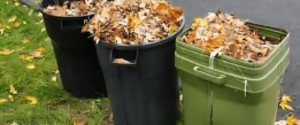
Proper waste disposal is critical in preventing pests from invading your home. Trash and compost bins are prime targets for pests like flies, cockroaches, and rodents, so it’s important to manage them effectively. Use garbage bins with tight-fitting lids to seal off access, and empty them daily to prevent the buildup of odors that attract pests. For compost bins, ensure they are pest-proof by using secure lids and placing them at a safe distance from your home.
Cleaning your bins regularly is equally important, as leftover residues can attract bugs even after the trash is taken out. When disposing of food waste, consider using biodegradable bags or liners to further minimize odors and prevent leaks. If you have a recycling area, rinse containers thoroughly before discarding them to avoid attracting pests. These habits will not only keep your home cleaner but also make it far less inviting to unwanted guests.
Fix Leaks and Reduce Moisture
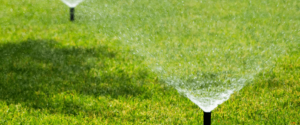
Moisture is one of the biggest attractants for pests such as cockroaches, mosquitoes, and termites. To keep your home bug-free, address any water leaks promptly. Check under sinks, around pipes, and near appliances like dishwashers and washing machines for signs of leaks or standing water. Even small drips can create the damp environment that pests thrive in.
Investing in dehumidifiers for damp areas, such as basements or poorly ventilated rooms, can help reduce moisture levels. Ensure proper ventilation in bathrooms and kitchens by using exhaust fans or opening windows after use. Avoid overwatering indoor plants, as excess water in pots can become a breeding ground for pests like gnats. By managing moisture effectively, you can eliminate a major source of attraction and discourage pests from settling in your home.
Trim Vegetation Around the House

Overgrown vegetation around your home can serve as a haven for pests like ants, spiders, and rodents, providing them easy access to your living spaces. To prevent this, keep shrubs, bushes, and tree branches well-trimmed, ensuring they don’t touch your home’s walls, windows, or roof. This creates a buffer zone that makes it harder for pests to travel indoors.
Clear away any dead leaves, fallen branches, or other debris from your yard, as these can serve as hiding spots for insects and rodents. Mulch beds should be kept at least a few inches away from the foundation of your house to avoid attracting termites and other pests. Regularly maintaining your lawn and outdoor areas not only enhances the appearance of your property but also acts as an effective pest deterrent.
Conclusion
Keeping your home pest-free is essential for a safe and healthy environment. By following these tips—such as sealing entry points, managing waste, and reducing moisture—you can prevent pests from invading your space. Consistent maintenance and proactive measures are key to long-term success. For professional pest control services, contact Hippo Turf Care at 803-810-1145. Let us help you safeguard your home and enjoy a bug-free lifestyle!

